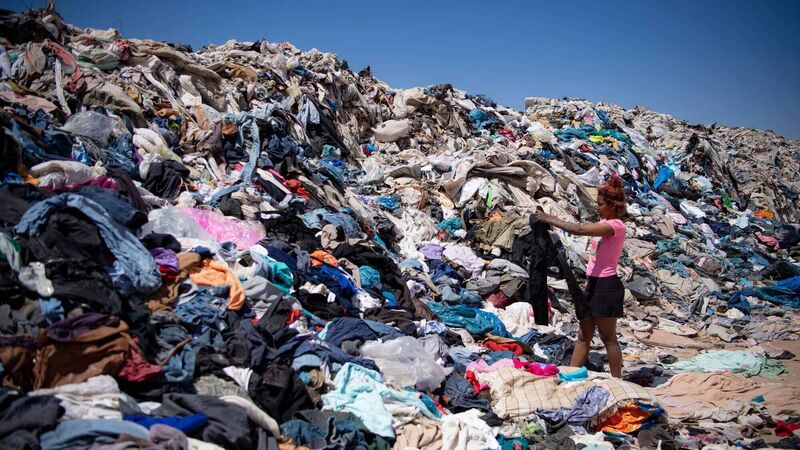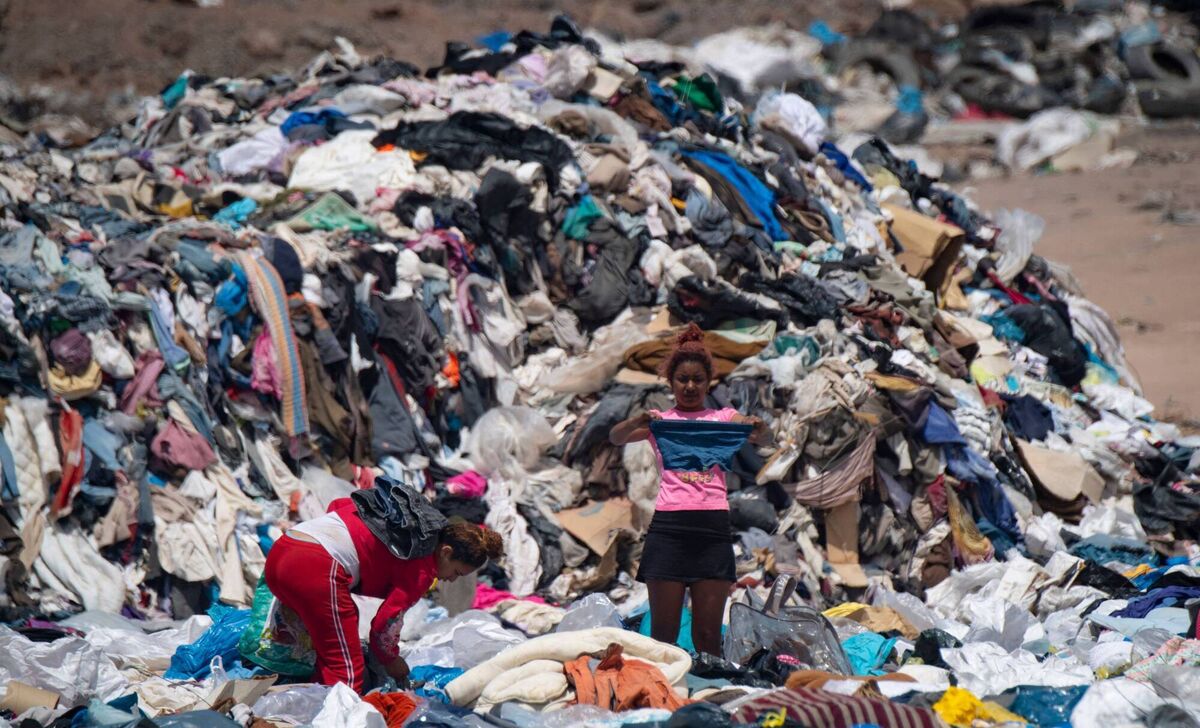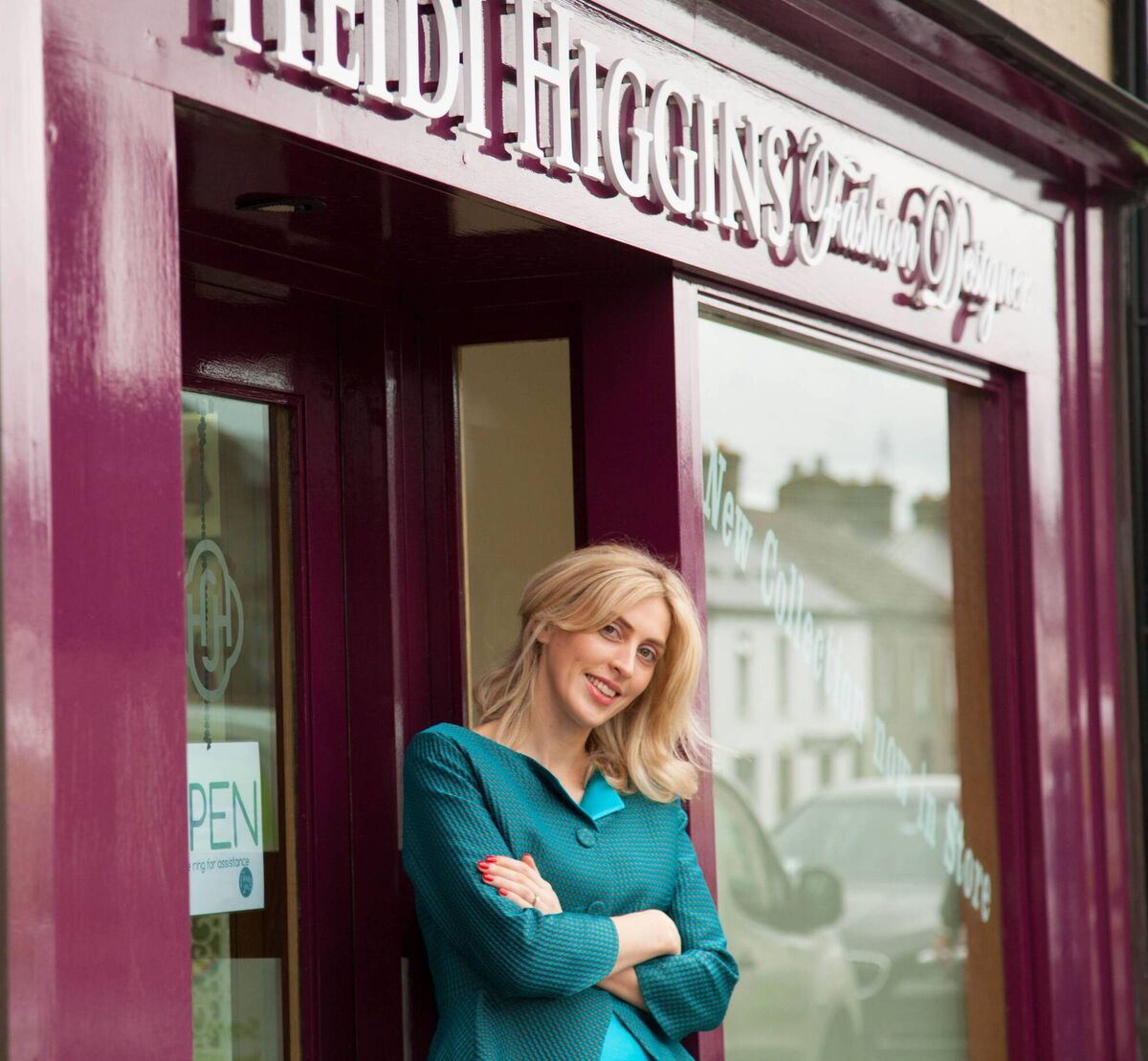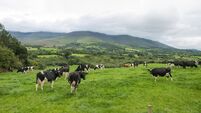Christmas jumpers are fuelling a global eco disaster

Women search for used clothes amid tons discarded in the Atacama desert, in Alto Hospicio, Iquique, Chile. Picture: Martin Bernetti/AFP via Getty Images
CLIMATE & SUSTAINABILITY HUB

Two out of five Christmas jumpers are only worn once over the festive period and yet they’re still bought in their millions each year.

And while the environmental footprint of flying is often discussed and you can pay to offset your flights, fashion actually uses more energy than both aviation and shipping combined.
Rebound Returns, a third-party reverse logistics company which deals with up to 40 million returns a year, saw its global volumes increase by 63% during the pandemic.

She now operates on a made-to-order model where the item you purchase is made after the sale. It means that she is not left with stock at the end of a season and in fact doesn’t need to adhere to the traditional fashion seasons at all. It’s a model that is working well for her.

Deadstock is fabric that hasn’t been able to sell or is left over from a company who ordered too much or can even be pieces left over from cutting.
CLIMATE & SUSTAINABILITY HUB













